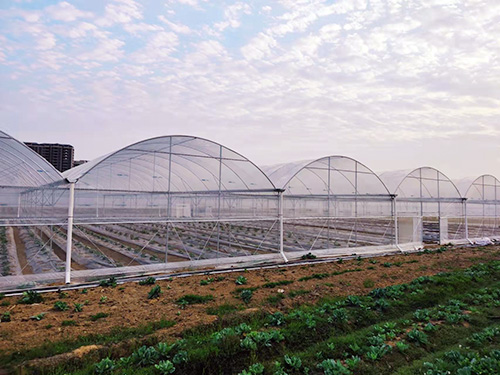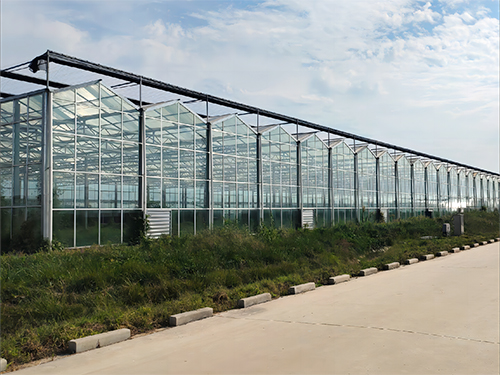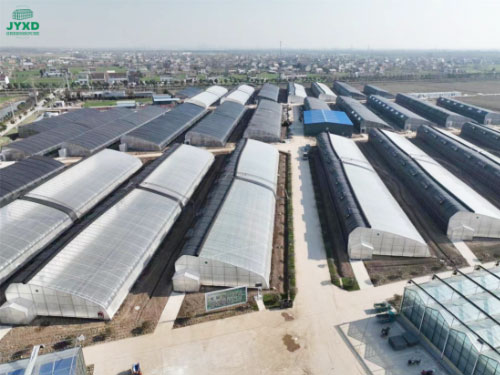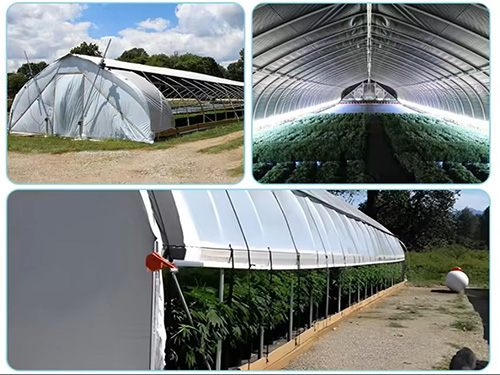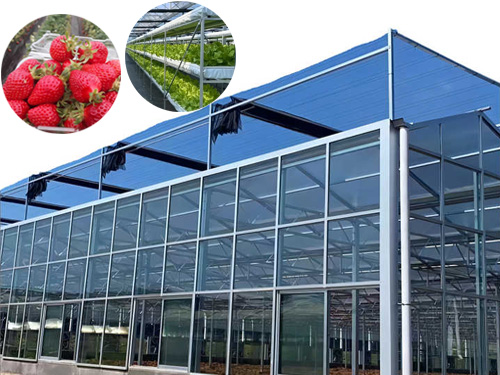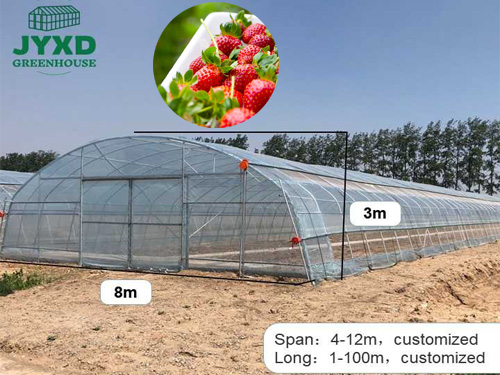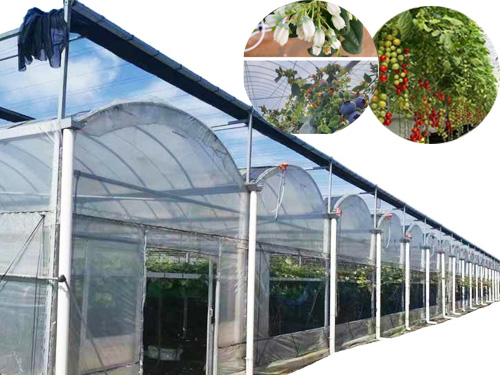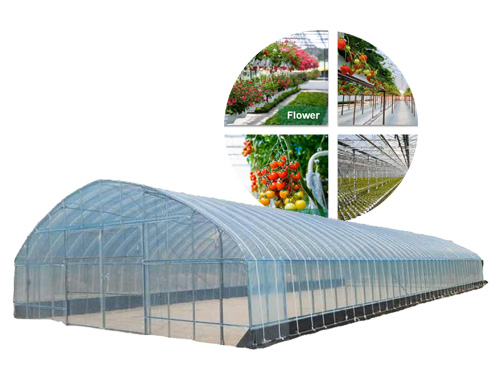NEWS DETAILS
NEWS INFORMATION
How to drain water in a greenhouse
AUTHOR:jyxd-greenhouse DATE:2024-02-18 11:34:21 HITS:181
Greenhouses play a vital role in cultivating vegetables, flowers, and seedlings by creating a controlled environment. However, one often-overlooked factor in greenhouse design is drainage. Without effective drainage systems, greenhouses may experience waterlogging, rust, leaks, and even structural damage. In this article, we explore the importance of drainage slopes, common methods for creating them, and potential challenges when drainage is poorly managed.
Why Drainage Matters in Greenhouses
Proper drainage is essential to maintain the health of crops and prevent long-term damage to greenhouse structures. Whether your greenhouse experiences heavy rain or light showers, excess water must be drained efficiently to avoid water accumulation, which can harm crops, weaken insulation, and compromise structural integrity.
Two common drainage methods are used for multi-span greenhouses, depending on where the slope is created:
1. Embedded Part Slope: A height difference of 1 cm for every 4 meters between embedded parts is applied. This method is widely used in multi-span greenhouses.
2. Column Slope: Instead of embedding the slope during installation, the main frame is leveled, and column heights are adjusted according to the desired drainage slope.
Both techniques aim to improve water flow, prevent clogging, and minimize internal water retention.
Consequences of Poor Greenhouse Drainage
Without a proper drainage slope, greenhouses can suffer from a range of problems that affect both the crop yield and structural longevity. Below are the key issues caused by insufficient drainage:
1. Indoor Leaks During Heavy Rain
If all columns are installed at the same elevation, heavy rainfall will overwhelm the drainage system. Water overflow from the channels can cause indoor leaks, damaging crops and creating unsafe working conditions inside the greenhouse.
2. Water Accumulation in Sinks After Light Rain
Even during light rain, improper drainage causes water to collect in sinks. This standing water takes a long time to evaporate, even on sunny days, leading to persistent moisture. Over time, this moisture can cause the sink components to rust. This creates additional maintenance work and shortens the lifespan of the structure.
3. Challenges of Using Internal Drainage Pipes
Some growers attempt to solve drainage problems by adding internal drainage pipes, but this method has its limitations:
Reduced insulation: In winter, especially in colder regions like northern China, these pipes connect to the outside environment, compromising the thermal insulation of the greenhouse.
Risk of freezing: Internal drainage pipes may freeze in winter, further complicating drainage and increasing the risk of water buildup.
4. Structural Load Issues
Without a drainage slope, water remains stagnant on the greenhouse roof, putting unnecessary stress on the building's load-bearing capacity. Over time, this can affect the stability and durability of the structure, increasing maintenance costs and posing safety risks.
5. Dripping Issues in Venlo-Type Greenhouses
In Venlo-type multi-span greenhouses, a poor drainage slope can cause water to overflow from the dew collection troughs. These troughs are designed to collect internal condensation, but if they overflow, dew drips onto plants, which may lead to crop diseases and reduced yields.
How to Ensure Proper Greenhouse Drainage
1. Single-End vs. Double-End Drainage
The choice of drainage setup depends on the length of the greenhouse:
Single-End Drainage: Suitable for greenhouses under 40 meters in length.
Double-End Drainage: Required for greenhouses over 40 meters.
Internal Drainage Pipes: For greenhouses longer than 80 meters, installing additional drainage pipes is necessary to ensure smooth water flow.
2. Tips for Effective Drainage Installation
Plan the slope during construction to prevent costly adjustments later.
Ensure channels and pipes are free of blockages to maintain smooth water flow.
Regularly inspect dew collection troughs to prevent dripping problems.
For greenhouses in cold climates, use insulated drainage systems to avoid freezing issues.
Conclusion: A Well-Designed Drainage System Protects Your Greenhouse
Proper drainage is essential for maintaining the health of crops and the longevity of greenhouse structures. Whether your greenhouse is small or multi-span, carefully planning drainage slopes and pipe systems will prevent common issues such as water accumulation, rust, freezing, and indoor leaks.
If your greenhouse project exceeds 40 meters, double-end drainage or internal pipes will be crucial for smooth water management. With the right drainage strategy, you’ll protect your investment and create a sustainable, high-performing growing environment.
Ready to Optimize Your Greenhouse Drainage?
Take action today by assessing your greenhouse’s drainage plan. Whether you're building a new greenhouse or upgrading an existing one, efficient drainage systems will keep your plants healthy and your structure secure. Ensure year-round productivity with a well-designed drainage setup that meets the specific needs of your environment.
Hebei Juyou Xinda Greenhouse Facilities Co.,Ltd.
Copyright © 2024-2025 https://www.jyxd-greenhouse.com. All Rights Reserved Hebei Juyou Xinda Greenhouse Facilities Co.,Ltd.Copyright





 Current Location:
Current Location: